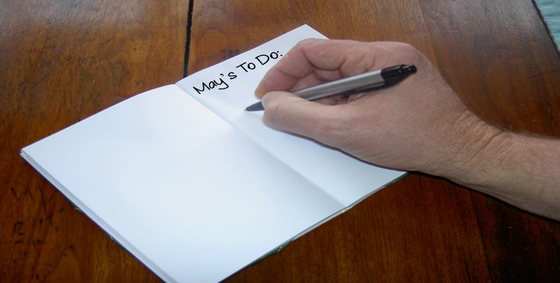
For your Vegetable and Fruit Garden:
- Cover the garden beds that will be used for vegetables with black plastic to kill weeds and warm the soil for the weeks leading up to the time of planting. This method is also needed when you are also using the no-till method.
- Sow more rows of lettuce, carrots and beets. Here’s a hint – sow smaller amounts every month to spread out the supply overtime rather than all at once.
- Plant a set of cabbage seedlings to mature after your March and April plants mature for a steady harvest.
- Plant your Brussels sprouts, kale and tomatoes at the beginning of the month and wait until the end to plant the pepper plants. Plant the seeds of warm weather vegetables now – that’s your beans, melons, cucumbers, squash and pumpkins. Your Corn should be planted at the end of the month or left to the beginning of June.
- Control your insect problem by hand-picking and covering your row covers or by using less harmful insecticides.
- Don’t forget to plant your herb seedlings!
For your Flower Beds:
- Do not forget to continue laying down newspaper and mulching your garden beds as you clear them of weeds. This task must be done every month!
- Plant your tender plants like geraniums, fuchsias, begonias and impatiens. Plant your dahlias and gladiolus tubers mid-month.
- Prune the shrubs that need it after bloom.
- Fertilize your roses and flowering shrubs that need it! If you compost, you should have enough for most flowering plants, but a few like hydrangeas and rhododendrons may benefit from additional feeding.
Other Tasks:
- You can still plant a new lawn this month, but after this you should wait for fall. For those with existing lawns, mow, mow and mow!
- Spot weed lawns and fertilize early if you didn’t do it in April.
- Lightly sheer evergreens and hedges to your preferred shape.
- Test your watering systems. Replace any hoses and sprinklers that need it.
- If you started your seeds indoors such as peppers, tomatoes, basil and other warm weather crops, you’ll need to harden-off gradually over a period of a week to allow the plants more and more hours outside until they are able to stay out overnight.






Leave a Reply